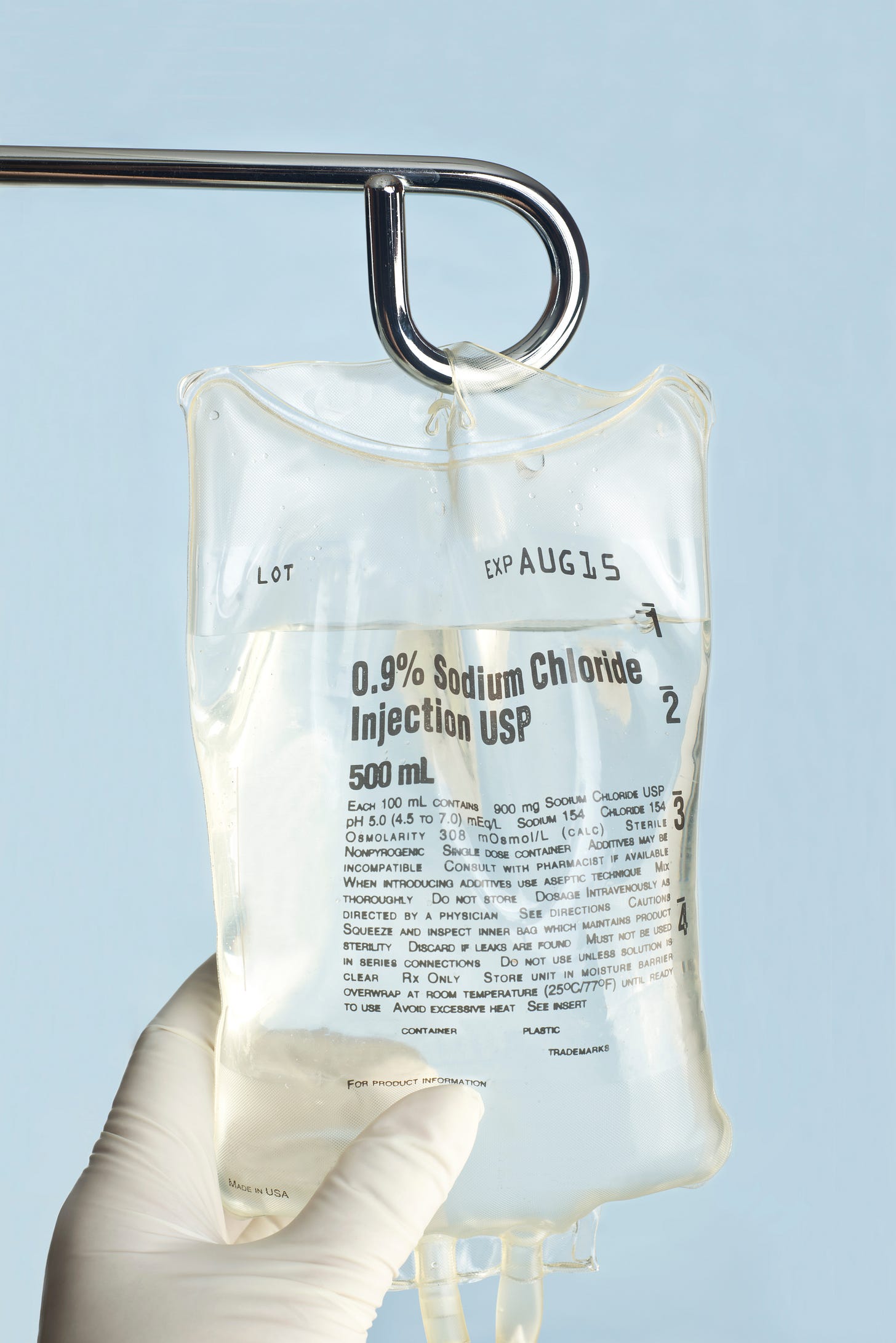Issue #2: The Latest in Critical Care, 5/22/23
Early mobilization in the ICU (TEAM trial)
Early mobilization in the ICU has been recommended by consensus based on its strong rational basis (as a large proportion of critically ill patients develop weakness) and its apparent safety, with limited low-quality evidence supporting its benefits. In the TEAM trial conducted by the ANZICS group, 750 ICU patients in 49 hospitals in 6 countries were randomized to either early mobilization or usual care (which usually included in-bed physical therapy). Early mobilizers got significantly more exercise, but had no improvement in any clinical outcome (days alive outside the hospital, ventilator-free days, ICU-free days, or cognitive or psychological function). More patients (9% vs 4%) had adverse events in the early mobilization group, including 7 serious events in the early-mobilization group (mostly arrhythmias and one stroke) vs 1 in the usual care group. Although a negative trial, it did not disprove any benefit of early mobilization — as even patients in the usual-care group receive…
Protein requirements in supplemental nutrition during critical illness (EFFORT Protein trial)
Protein requirements in supplemental nutrition during critical illness remain essentially unknown, and multiple high-quality randomized trials have shown no benefit to any altered nutritional product, vs. its control. In the absence of evidence, various guidelines recommend widely differing protein targets for critically ill patients. In the EFFORT Protein trial, ~1300 critically ill patients at high risk for malnutrition were randomized to receive either high dose protein (≥2.2 g/kg per day) or usual dose (≥1.2 g/kg per day). There was no benefit observed (in time-to-discharge-alive from the hospital or overall mortality), and patients with acute kidney injury and additional organ failure who received high protein doses appeared to be harmed.
Targeted temperature management shows no benefit after out-of-hospital cardiac arrest
Targeted temperature management after cardiac arrest became near-universally applied largely based on a single randomized trial which appeared to establish its benefits in patients with shockable rhythms. Subsequent studies called into question any benefit of temperature reduction in any patient after cardiac arrest, but avoidance of neurologically harmful fevers remained a strong recommendation. In a trial randomizing 393 patients after out-of-hospital cardiac arrest, there was no observable benefit (in reducing death, disability or coma) to maintaining temperature <37° for 72 hours as compared to 36 hours (after targeting 36° for the first 24 hours), using cooling devices.
Restrictive vs liberal fluid resuscitation in sepsis (CLOVERS trial)
Fluid resuscitation and vasopressors are both usually needed in septic shock, but the ideal volume of fluid to infuse before starting vasopressors has been unclear. In an NHLBI-sponsored trial enrolling 1563 patients at 60 U.S. centers, patients with sepsis and systolic blood pressure <100 mm Hg all received at least 1000 mL of crystalloid. They were then randomized to receive (in an unblinded fashion) either liberal fluids along with vasopressors (advising at least 2000 mL crystalloid initially for most patients, with vasopressors as second-line) or a restrictive fluid strategy (favoring vasopressors, with rescue fluids allowed as needed), for the first 24 hours of resuscitation. Patients in the restrictive group received much lower volumes of crystalloid (median 500 mL vs. 2300 mL in 24 hours, and 3300 mL vs. 5400 mL total). There was no observed difference in death before discharge home at 90 days of follow-up (14% vs 14.9%), ventilator-free days or dialysis-free days. Serious adve…
Novel oral anticoagulants: reversal agents efficacy compared
Novel oral anticoagulants including dabigatran, apixaban, and rivaroxaban have numerous advantages over warfarin, but with their shorter track record, the real-world relative efficacy of their reversal agents is poorly understood. In a meta-analysis of retrospective reviews comprising 1832 patients, the available reversal agents (4-factor prothrombin concentrate, andaxanet alfa, and idarucizumab) were roughly equally efficacious (at 75-82%) at reversal of anticoagulation. Notably, this study did not address the observed relative rates of hemorrhage in the first place (prior to the need for reversal). Prior low-quality retrospective reviews have suggested apixaban may carry a lower rate of severe hemorrhage.
In The News
Drug shortages in the flawed generic drug supply chain are leading to overt rationing of vital drugs including cisplatin (a cornerstone of chemotherapy treatment for some cancers) and other serious conditions. Surveyed gynecologic oncologists recently reported chemotherapy shortages in 35 states (including at large cancer centers). The basic …
Keep reading with a 7-day free trial
Subscribe to PulmCCM to keep reading this post and get 7 days of free access to the full post archives.



